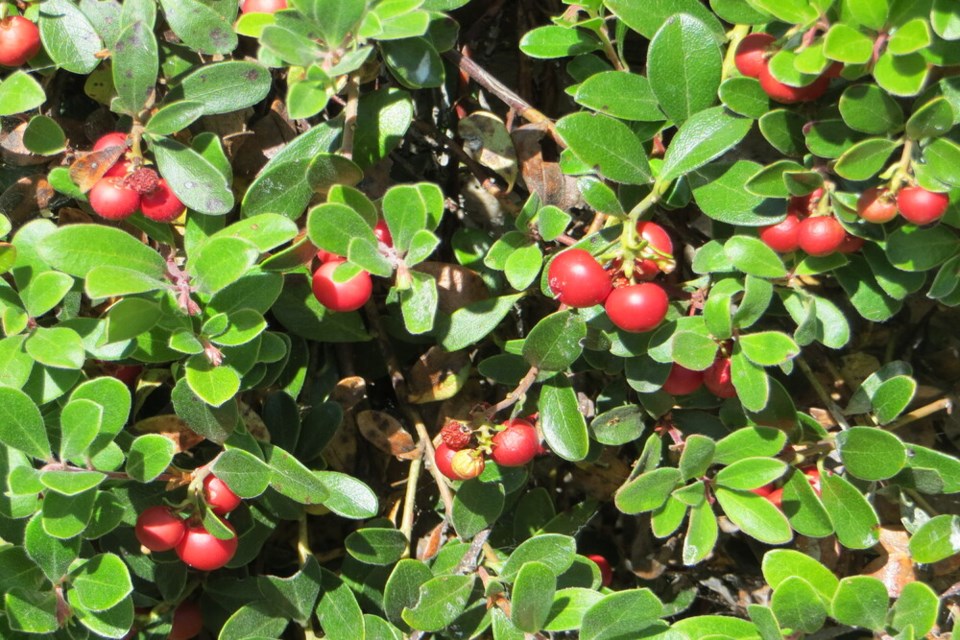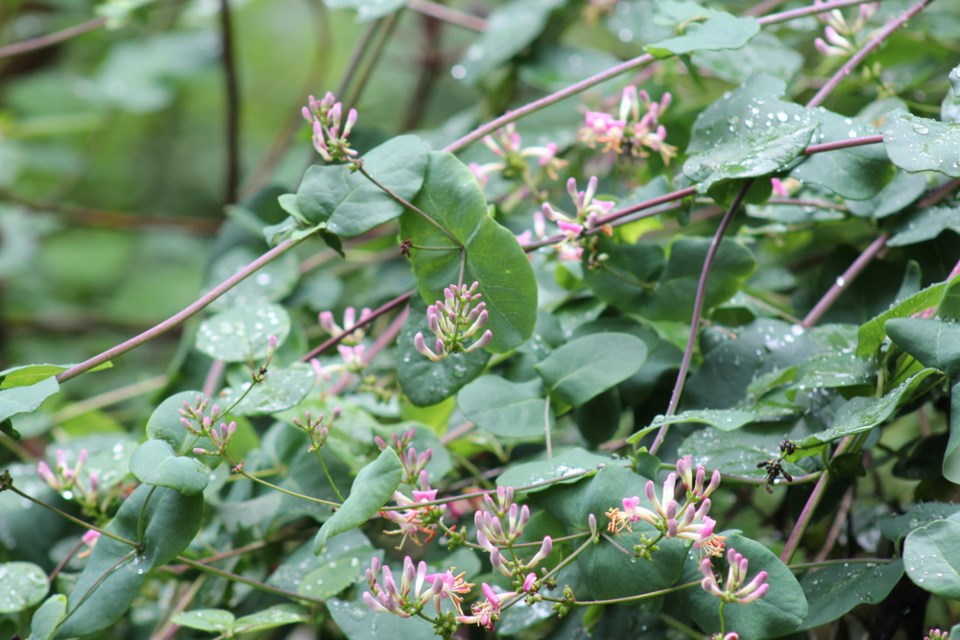Last year, the (CRD) saw a record number of rainfall events, and projections for a changing climate indicate the trend will continue.
From increased storms to the atmospheric river that caused devastation on the Lower Mainland, excess water runoff is causing flooding and pollution in the region’s waterways.
In a series of educational tools that include videos and online resources, the CRD is facilitating individual contributions to conservation while encouraging residents to start preparing for fall rains.
It's doing so through its , which highlights how we can take action to manage rainwater.
So, where do you start? You can do a few simple things around your property to capture and slow rainwater to minimize increased flows and reduce flooding of waterways in neighbourhoods.
Allowing rainwater to infiltrate the ground is a crucial way to help protect aquatic habitats, filter pollutants, and capture rainwater.
While several municipalities have been installing green stormwater infrastructure around the region, there are easy things property owners can do as well to help protect the region’s waterways.
One example of the simple things homeowners can do is ensure they have plenty of native plants in their gardens and on their property, including trees and shrubs. If you are developing or landscaping your property, you should work to take care of existing trees and plants to ensure they’re able to thrive.
What are native plants?

Native plants originated in our region, thrive naturally in our climate, and are vital components of a healthy ecosystem. Once established, they require little maintenance and rely on rainwater for sustenance.
Benefits of gardening with native plants
Supporting native plants also means supporting local wildlife, migratory birds and butterflies that have evolved with them for millennia. For example, a particular type of butterfly will only lay its eggs on one specific native plant. Once that plant is gone, the butterfly will disappear as well.
Not only are they a sustainable alternative to non-native and invasive species, but native plants also help manage rainwater runoff and improve soil quality, making it more absorbent for rainfall. Creating an absorbent landscape around your property is one of the best ways individuals can reduce and prevent flooding.
Tips for gardening with native plants

Passionate gardeners don’t have to choose between their beloved ornamentals and native plants. They can be a combination of both, and just a few native plants in a garden can make a real difference to the soil.
In addition, some native plants rival ornamental ones in beauty, including the 91原创 Ninebark and the showy flowering currants.
As any green thumb will tell you, putting the right plant in the right place is the secret to success, and it’s no different when dealing with native plants.
When buying plants, consider the sun exposure and soil condition of your garden. Cluster plants with similar water needs together. Many native plants are drought tolerant and will save you watering and maintenance time.
The fall is the perfect time to plant native species to take advantage of the rainy season, and their roots are more established by the spring. Choosing drought-tolerant native plants as a border between your lawn and sidewalk can capture water runoff from your lawn and prevent the water from going into the storm drain.
Visit your local gardening store for tips and advice, or take advantage of the CRD’s online resources. Remember, never remove a native plant from the wild, as it may harm the local habitat.
For more tips on how to live green in your yard and garden and for educational resources, visit .



